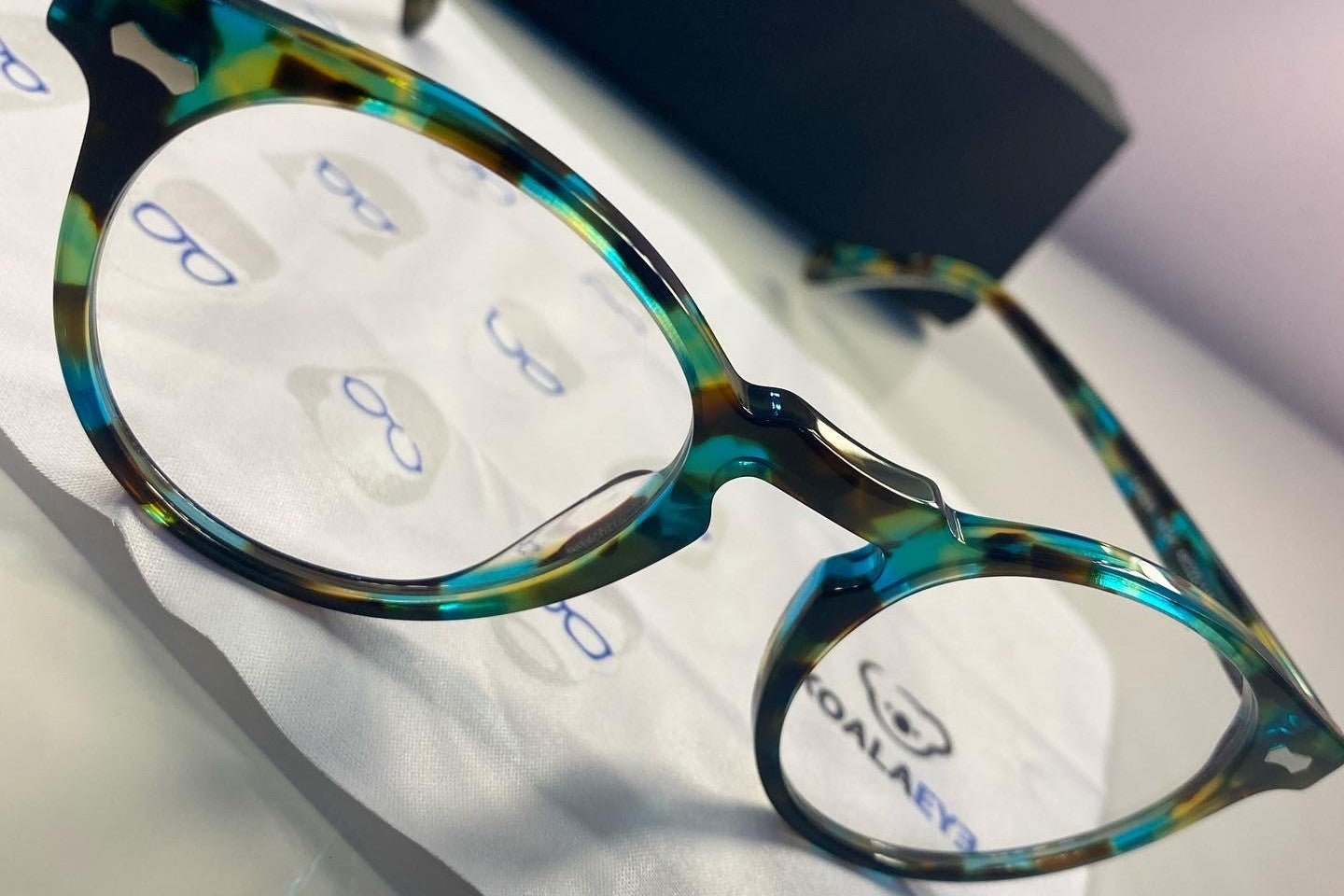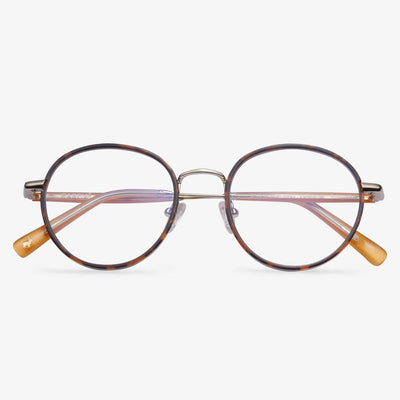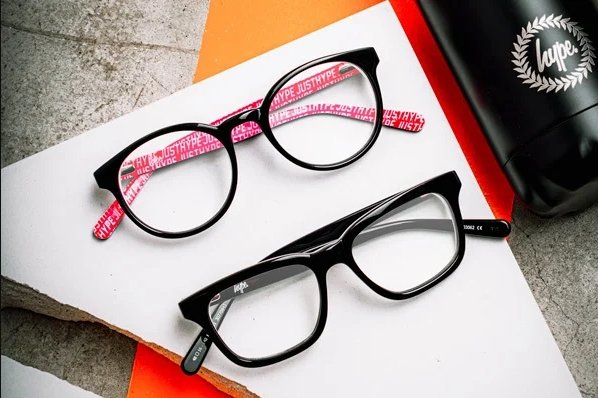Advantages of acetate glasses frames
Acetate frames are Lightweight and comfortable. As one of the daily necessities, the lightweight acetate frame will not bring a heavy burden to the bridge of the nose. Even if you need to wear glasses all day, you will not feel too much discomfort.
Acetate frames are durable. This is the key factor that makes acetate frames stand out from traditional plastics or other materials. Acetate frames are made by cutting, molding, and polishing multiple pieces of material, which makes them as strong as metal and ideal for eyeglass frames.
Acetate frames can complete various designs. Acetate makes the design easier to maintain. Acetate fiberboard can be designed with colorful patterns, different layers, and many colors. Embedded design can maintain design features more effectively without spraying or painting.
Although acetate frames are more expensive than ordinary plastic frames, it is more cost-effective to choose a more durable acetate frame because glasses are our daily necessities for a long time. Moreover, acetate is comfortable, light, and stylish. Therefore, next time you decide to buy a new spectacle frame, you can try a spectacle frame made of acetate.
Disadvantages of pure titanium frames
The material is soft, the glasses can not be made more delicate, only the lines are thicker, in order to ensure stability and strength.Usually, when you are not wearing a pure titanium glasses frame, it is better to put them in the case of glasses, to avoid pressure deformation.
Linda Multi Focus ™ Blue
Combining color and pattern, these women's reading glasses are definitely a stylish choice. The complex square frame features scratch-resistant and impact-resistant lenses with UV sun protection when worn outdoors, while a leopard print hard-shell with interior markings and a handy cleaning cloth will protect your glasses.
Use the fishing sunglasses correctly.
Fishing enthusiasts should try to avoid wearing sunglasses that are easy to oxidize and corrode. They should wear sunglasses that are not easy to oxidize and corrode, such as plate frames, aluminum and magnesium alloy, pure titanium, and titanium alloy. Do not put the fishing sunglasses in a high-temperature environment for a long time, and do not immerse the fishing sunglasses in water for a long time. Avoid contact with perfume, insecticide, and other items containing chemical components to avoid chemical corrosion of lenses and frames and better protect your sunglasses. When they are not in use for a long time, please put them in a special bag so that the lenses can be taken good care of.
Learn the 9 Necessary Parts of Glasses
Rims: the rims lend form and character to your eyeglasses and they also provide function by holding the lenses in place.
End pieces: they are small parts on the frame that extend outward and connect the lenses to the temple.
Bridge: it is the center of the frame that rests on your nose and joins the two rims together.
Hinges: hinges sit between the end pieces and the temple, allowing you to close your glasses folding the temple inward.
Lenses: lenses are the essential parts of eyeglasses. They are clear pieces of glasses, plastic or other lens materials held in place by the rims. The lenses are crafted and shaped with your unique prescription to help you to see clearly.
Screws: they are the small metal fasteners near the hinges and they are used to connect the end pieces with the temples.
Nose pads: nose pads give your glasses a more comfortable and secure fit. They are the round plastic pieces under the bridge that sit on your nose.
Pad arms: pad arms are able to extend from the rims and hold the nose pads in place. They are adjustable to fit the natural shape of your face.
Temples: temples are the long arms on both sides of the frame that fit over your ears for a snug fit.
These are all the 9 essential parts of eyeglasses. Knowing the name of parts of glasses can help you to repair them once they are broken or crooked.
Consider possible uncertainties after the lens is installed.
Usually, in-store frames are made of plastic samples rather than actual lenses, so they weigh slightly less. However, it is necessary to consider the approximate weight of the lens in advance according to its own degree when trying it on, in case the weight is not suitable for real wearing. If the pupil distance is too small, it is not suitable to wear a wider frame. The machinist should strictly follow the left and right pupil distance instead of taking the average, otherwise, there will be pupil distance error in the left and right eyes, which will cause discomfort in wearing.
What Are Progressive Lenses?
Progressive lenses also called multifocal lenses, have three prescriptions in one pair of glasses, which allows you to see near, middle-distance, and far objects without changing your glasses.
The traditional glasses have telltale lines in the lenses, while the progressive lenses are an update on bifocal and trifocal lenses. Progressive lenses have a seamless look. Sometimes, they are called no-line bifocals. The more accurate name is no-line trifocals.
Progressive lenses are typically designed for people over 40 years old who are both nearsighted and farsighted. With the progressive lenses, there is no need for you to change the nearsightedness eyeglasses and the farsightedness eyeglasses constantly.











































